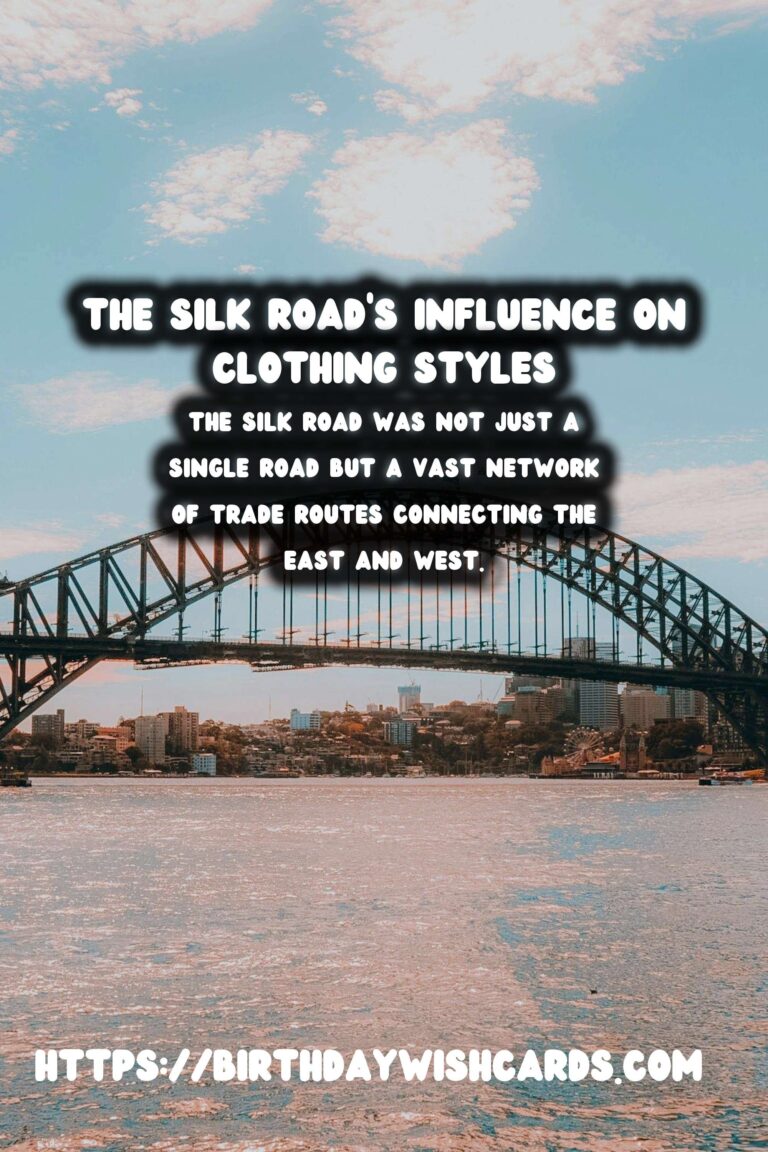
The Silk Road was not just a single road but a vast network of trade routes connecting the East and West. From the 2nd century BCE to the 14th century, these routes facilitated not only the exchange of goods but also ideas, cultures, and technologies. Among the many commodities traded, silk was one of the most prominent, giving the Silk Road its name.
As merchants traveled these routes, they inadvertently wove threads that intertwined diverse cultures through the exchange of textiles and clothing designs. This article delves into how the Silk Road impacted the history of clothing across various civilizations.
The Birth of Silk Trade
Silk, the precious fabric that originated in China, was initially reserved for Chinese royals. Its production was a closely guarded secret for centuries. Eventually, silk became highly sought after by empires and kingdoms far beyond China’s borders. As silk reached different regions along the Silk Road, it became a symbol of wealth and sophistication.
The introduction of silk to new markets led to the flourishing of local textile industries. It influenced fashion trends and inspired new styles and techniques in textile manufacturing. The demand for silk not only boosted the economies of the regions along the route but also spurred innovations in clothing design and production.
Cultural Interchange Through Clothing
Along the Silk Road, clothing styles were profoundly affected by the fusion of ideas and artisanship. As merchants and travelers exchanged their goods, they also exchanged their cultural practices, including the way they dressed. Clothing styles in Persia, India, Rome, and beyond began to reflect influences from distant lands.
For instance, the Roman toga incorporated silk threads, reflecting Eastern influences. Persian garments began to integrate Chinese silk designs, while Indian textiles adopted dyeing techniques learned from their Silk Road counterparts. This cultural exchange enriched the variety and creativity in clothing, leading to a greater appreciation for artistic expression in textiles.
Technological Advancements in Textile Production
The Silk Road also facilitated technological advancements in textile production. Knowledge of sericulture—the cultivation of silkworms—spread from China to Central Asia and eventually to Europe. This expansion led to the establishment of silk production centers in regions previously devoid of such industries.
Moreover, loom technology advanced significantly, allowing for the creation of intricate patterns and textures that were once impossible. As a result, new fabric blends and weaves revolutionized the textile market, making fine clothing more accessible to various social classes.
Influence on Fashion Trends and Social Structure
Beyond textile production and trade, the Silk Road had a profound influence on fashion trends. The spread of new fabrics and styles across continents meant that fashion was no longer a localized affair. Instead, it reflected a cosmopolitan blend of attributes from multiple cultures.
This influx of new garments also had implications for social structures. Wearing silk or exotic patterned clothing became a status symbol, directly impacting social hierarchies. It enabled individuals to showcase their wealth and connections, further embedding clothing’s role in social and economic systems.
The Legacy of the Silk Road
The grand network of the Silk Road was more than a trade route; it was a channel for cross-cultural exchanges that shaped not only the past but also the fashion industry today. Despite the passage of time, its legacy continues to influence modern fashion as designers draw inspiration from its rich tapestry.
In conclusion, the Silk Road played a pivotal role in shaping the history of clothing by facilitating trade, influencing cultural expression, and driving technological advancements in textile production. This historical pathway serves as a reminder of how interconnected our world has always been, with clothing acting as one of the many threads binding us together.
The Silk Road was not just a single road but a vast network of trade routes connecting the East and West. Silk, the precious fabric that originated in China, was initially reserved for Chinese royals. 
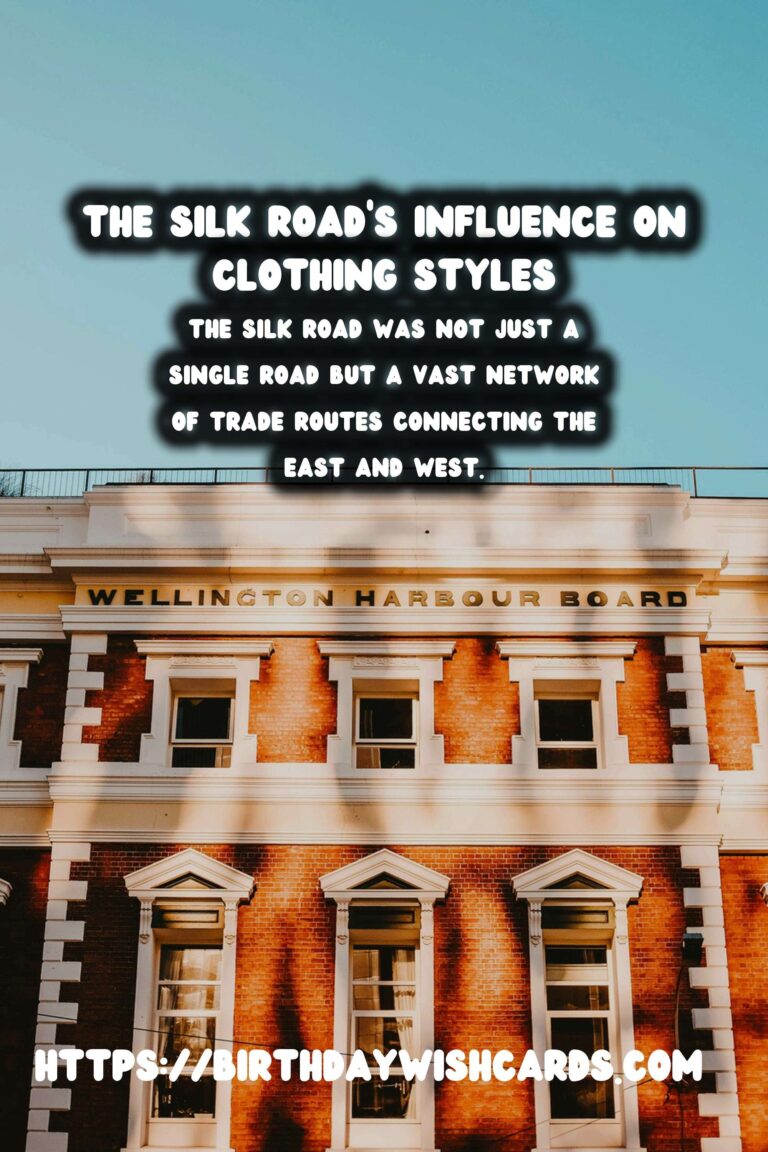
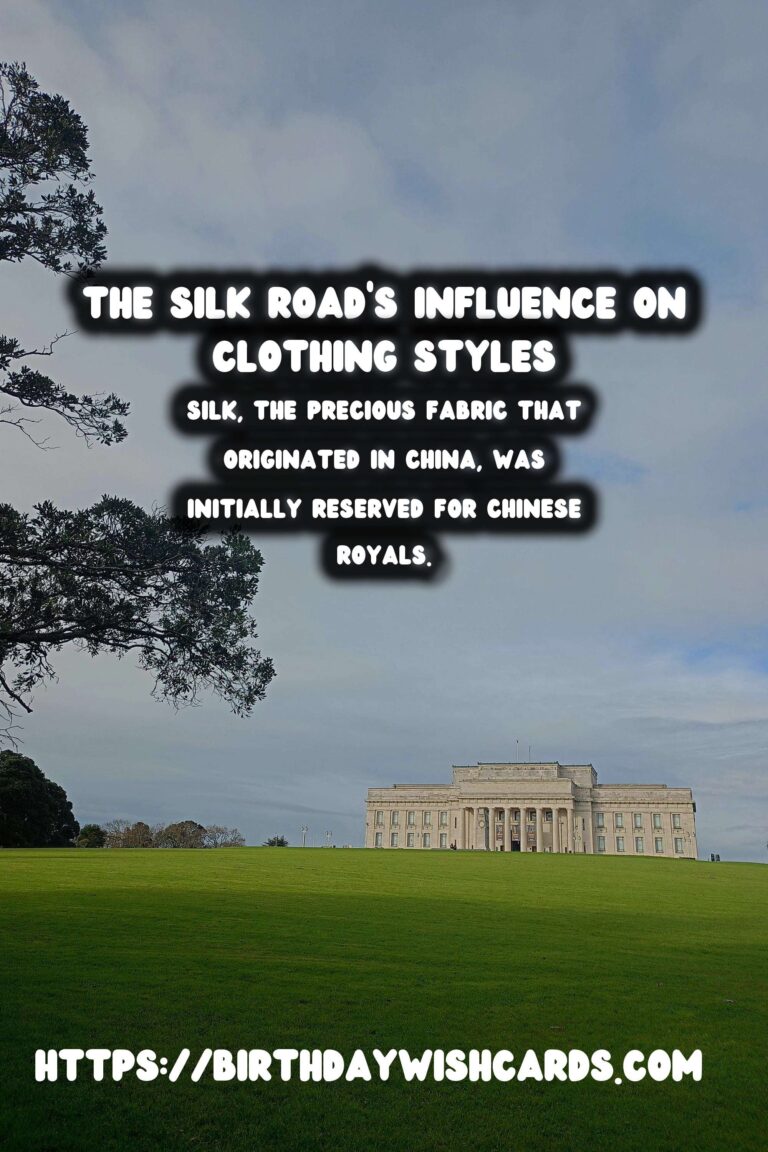
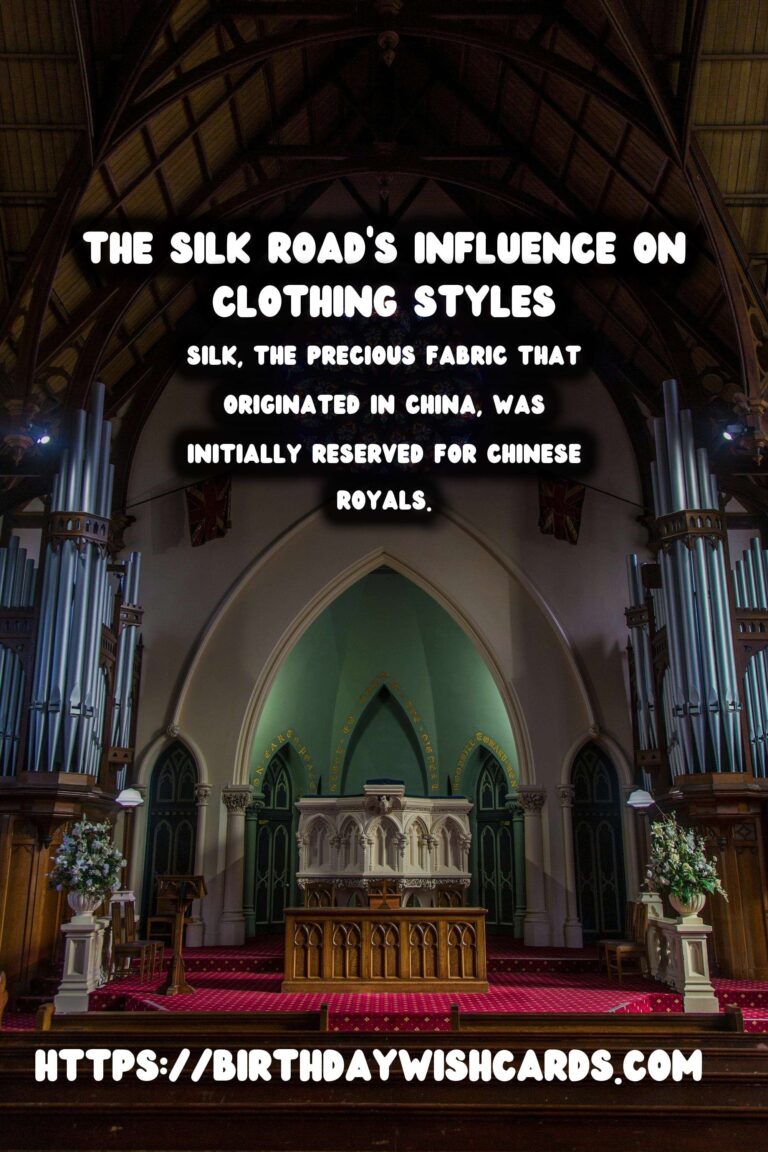
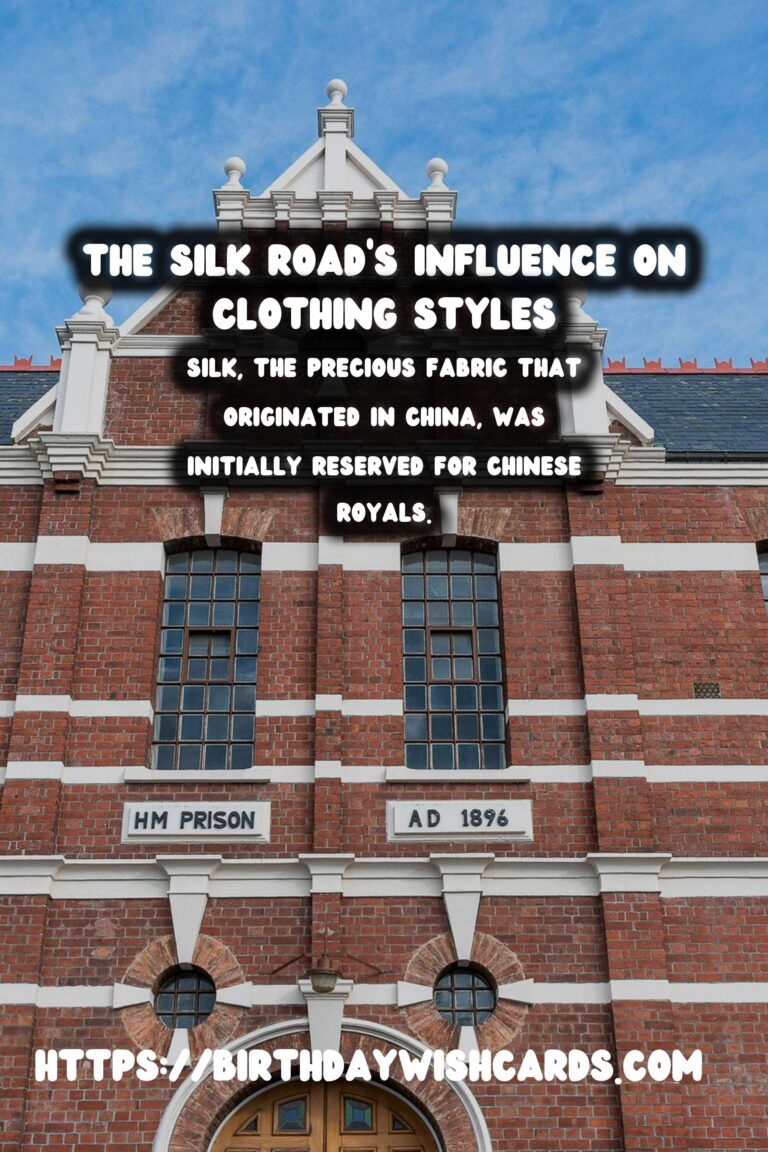
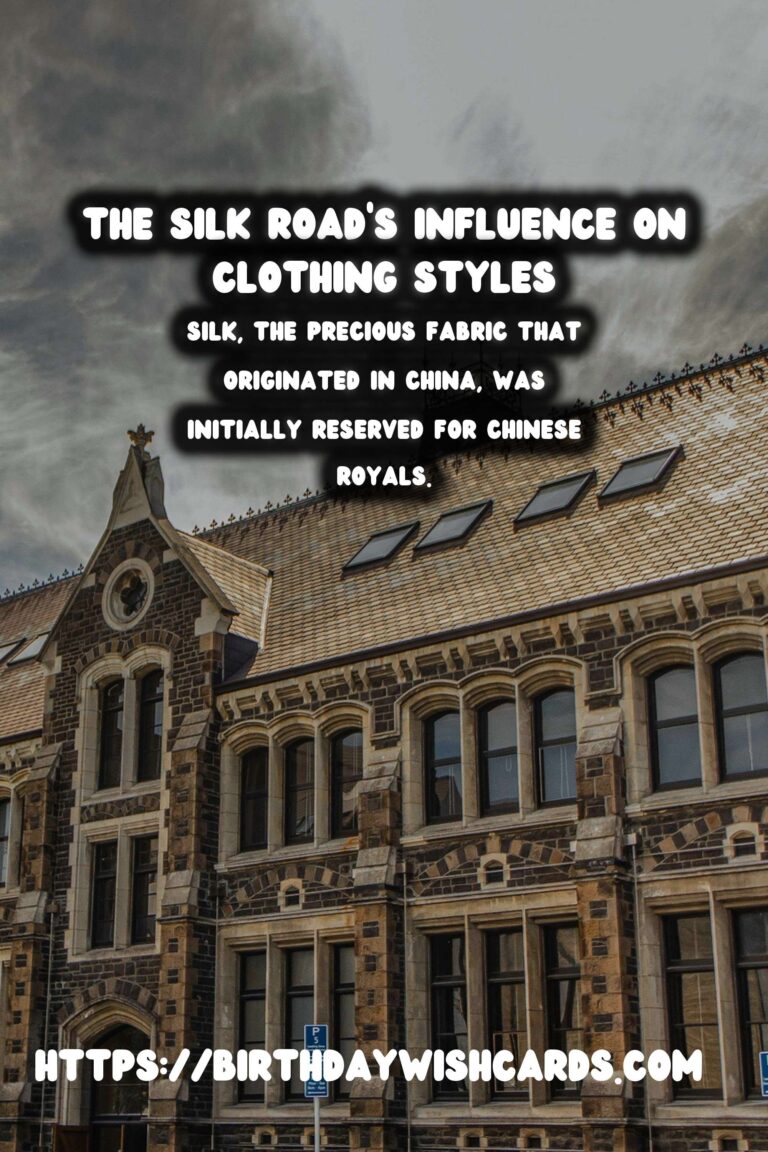
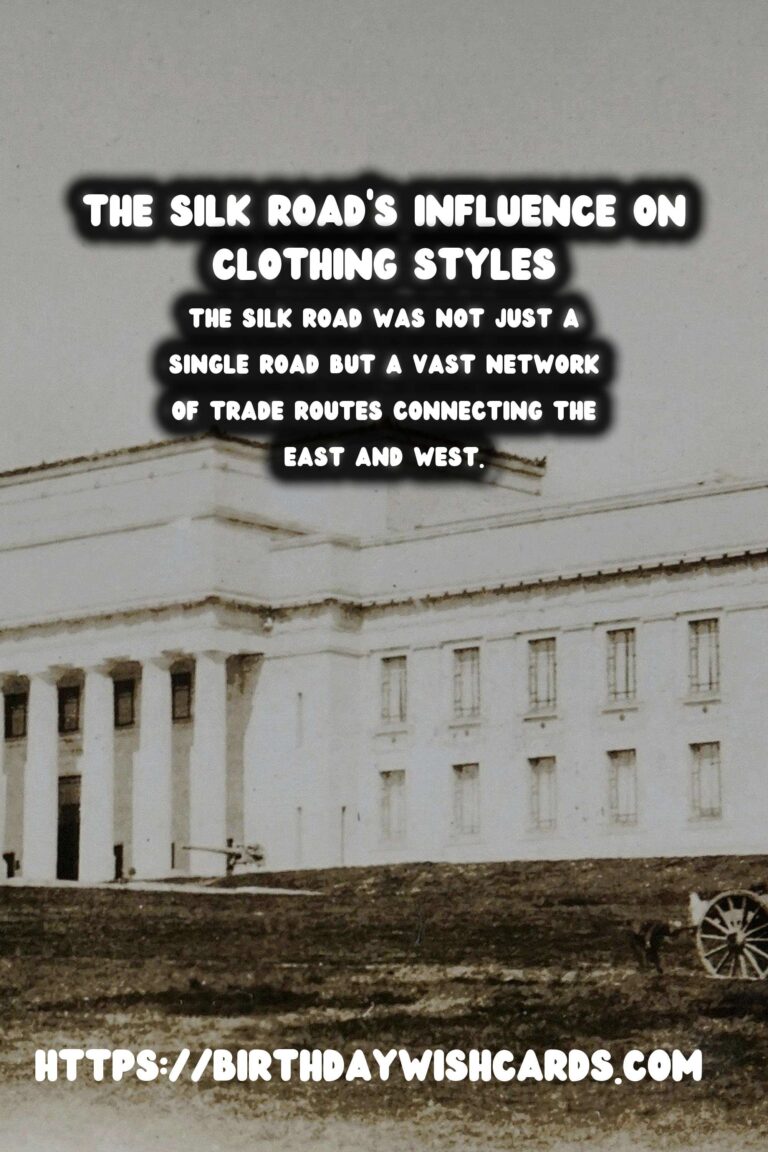
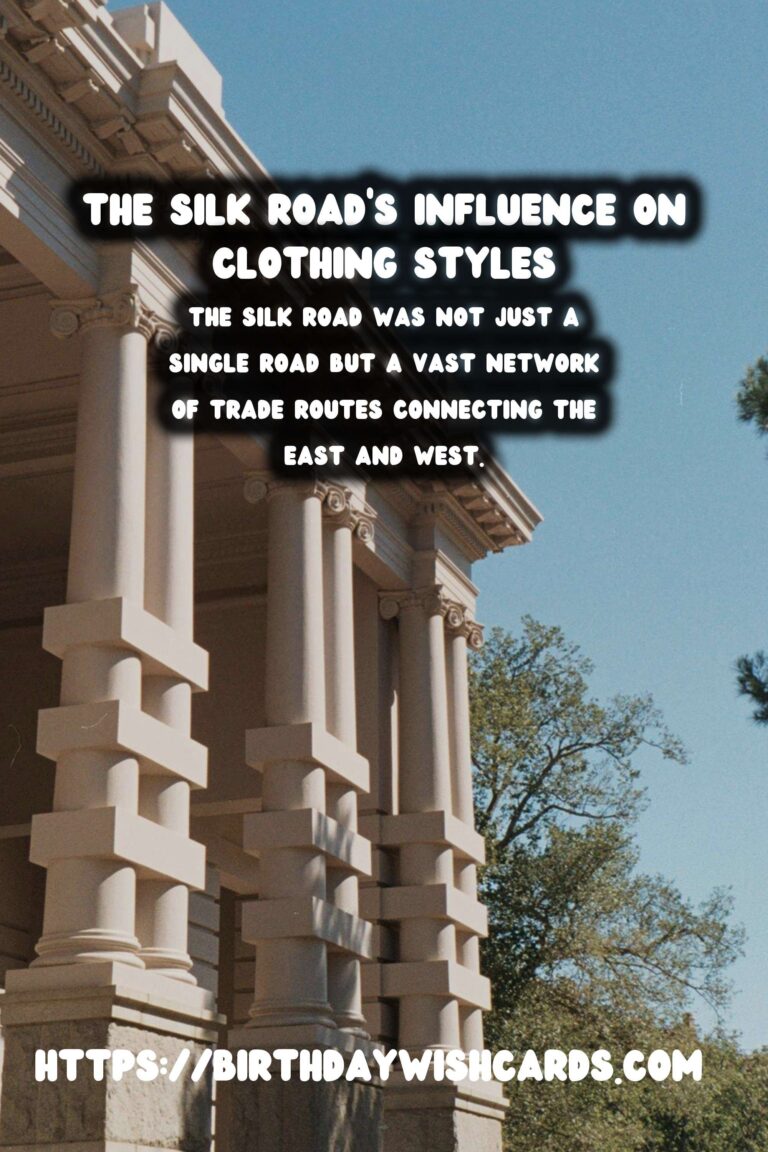
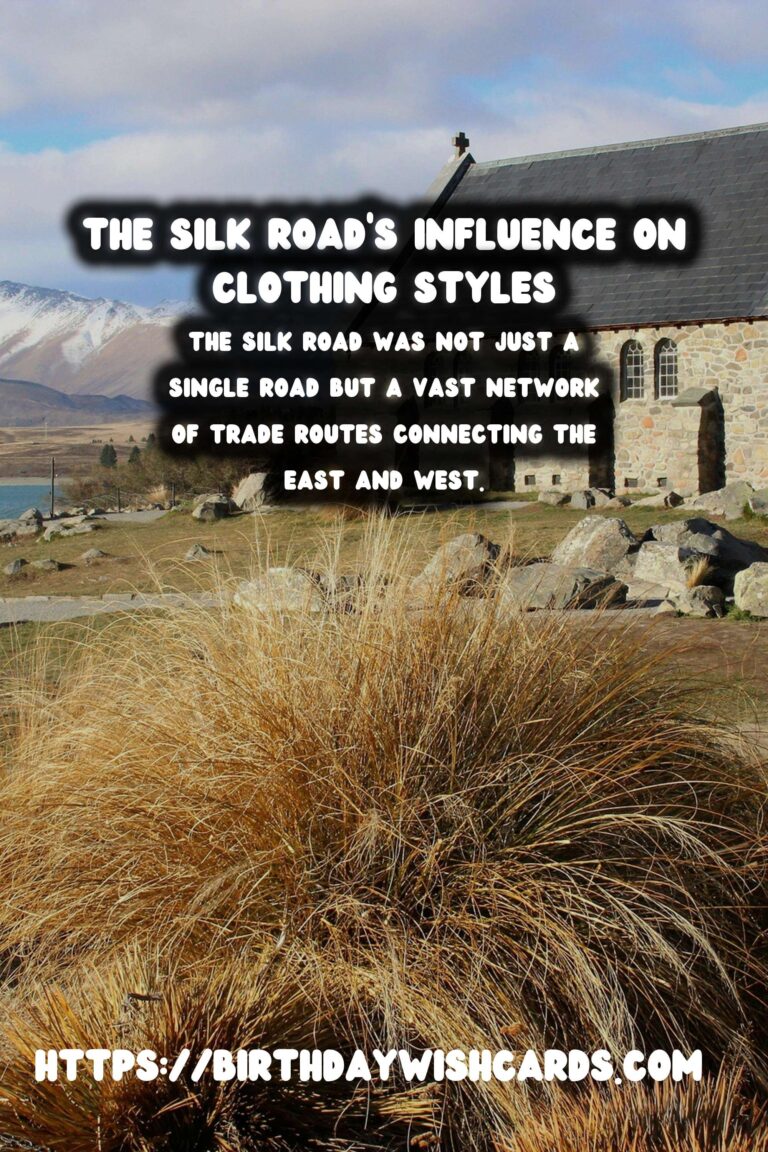
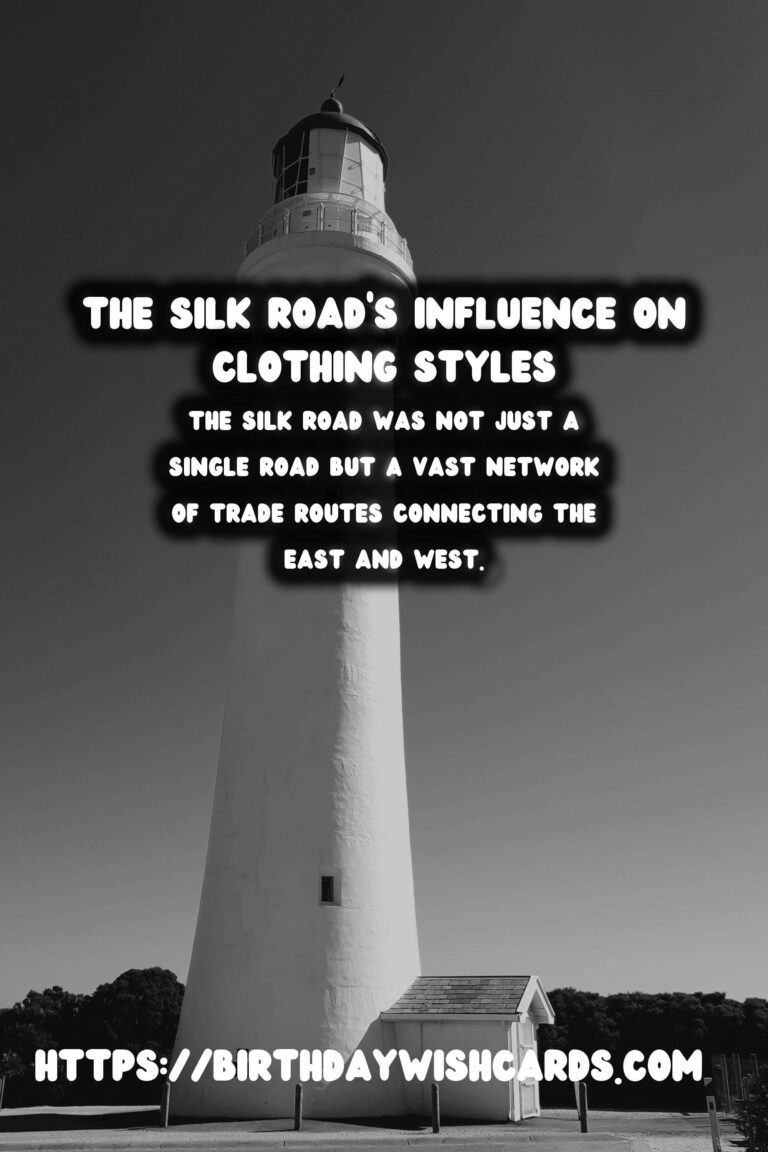
#SilkRoad #HistoricalFashion




